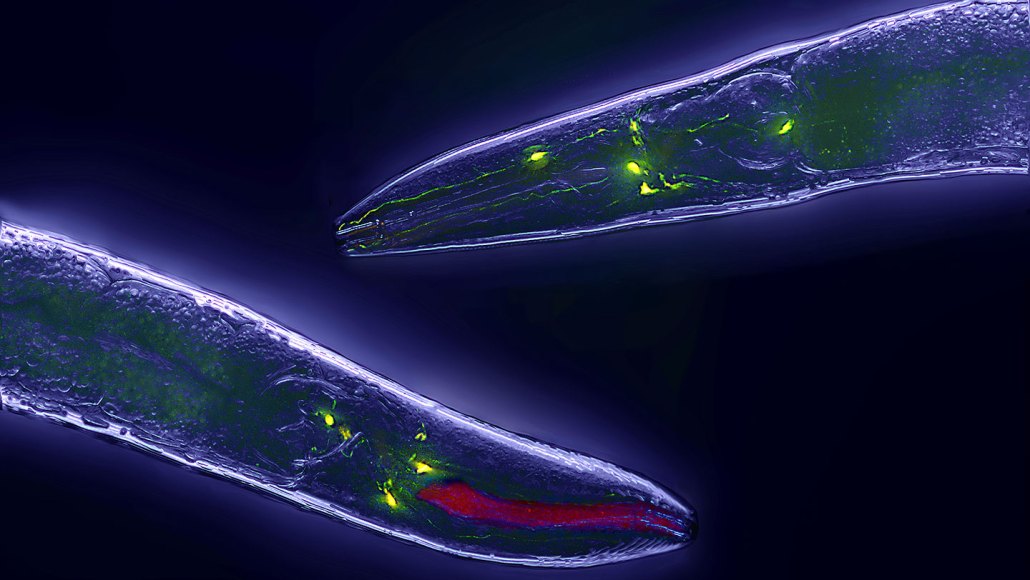Questions for ‘The brain of a tiny worm inspired a new type of AI’

C. elegans, seen here, is a tiny, transparent roundworm. At 1 millimeter (four 1/100ths of an inch) long, it could fit on the tip of a pencil. Its brain is even tinier. Yet even its simple brain does a far better job at learning and adapting to the environment than any AI system people use today.
HeitiPaves/iStock/Getty Images Plus